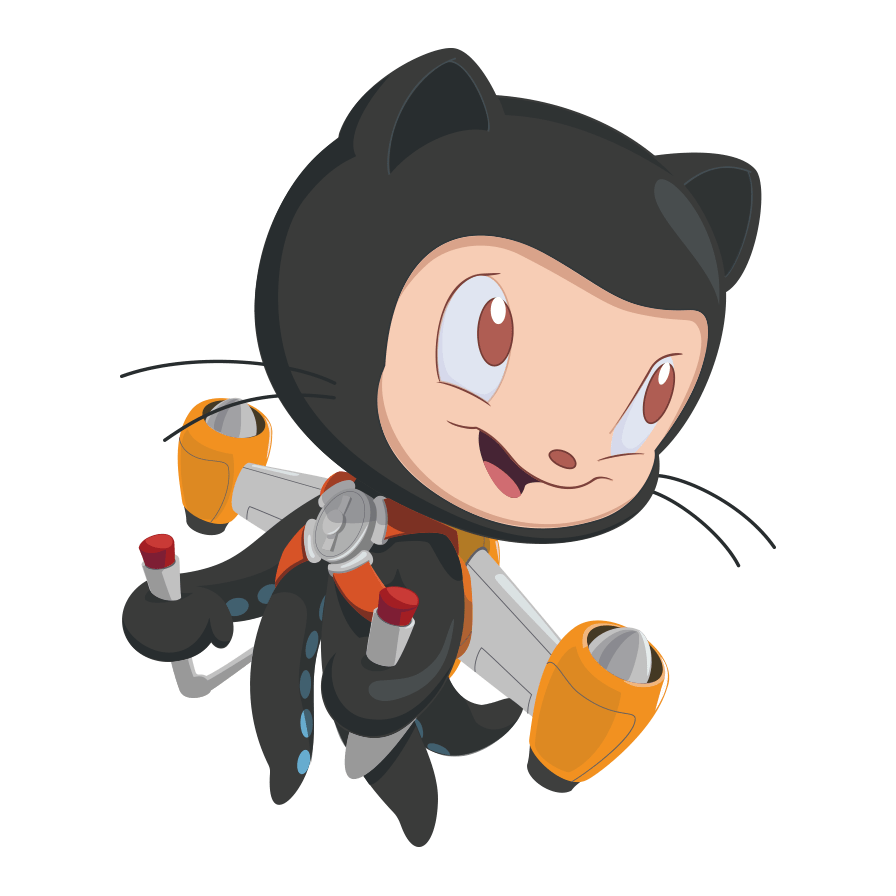
好几天没写博客了,今天在想博客怎么处理,突然发现大神 博客 有很多前端视频教程,就顺便把之前学的 Webpack 补一补,之前的 《纯 React&纯 Redux》 的笔记中的 Webpack 和这个 Webpack 2 互为补充,我就不做分离了。因为是给自己看的,所以这是个超级不负责任的笔记。
Webpack 前端资源模块化管理和打包工具。通过加载器 (loader) 的转换,任何形式的资源都可以视为模块。
在 《React 与 Redux 开发实例精解》 Webpack 做这些事。
- 编译、加载使用 ES2015 和 JSX 语法的模块
- 实现开发服务器和热替换
- 加载图片文件
- 加载字体文件
- 加载样式文件
- 加载 Json 文件
- 使用同构工具实现同构渲染
- 压缩代码
- 哈希命名
这个不说了,看视频
初始工作:
1
2
3
4
|
$ mkdir 003
$ npm init -y
|
安装 webpack 模块:
1
2
| $ npm install webpack --save-dev
$ npm install webpack -g
|
创建文件:
1
2
3
| $ mkdir app
$ cd app
$ touch index.js
|
1
2
|
console.log("hello world")
|
打包:
1
| $ webpack app/index.js build/bundle.js
|
经过这一步,build文件夹下面就会出现一个bundle.js文件
下面,我们来使用一个插件,来体验一下用 webpack 做网页。
准备:
1
2
| $ npm install html-webpack-plugin --save-dev
$ touch webpack.config.js
|
编写代码:
1
2
3
|
import component from './component.js'
document.body.appendChild(component())
|
1
2
3
4
5
6
|
export default (text = 'hello world') => {
const element = document.createElement('div');
element.innerHTML = text;
return element
}
|
1
2
3
4
5
6
7
8
9
10
11
12
13
14
15
16
17
18
19
20
21
22
23
|
const path = require('path')
const HtmlWebpackPlugin = require('html-webpack-plugin')
const PATHS = {
app: path.join(__dirname, 'app'),
build: path.join(__dirname, 'build')
};
module.exports = {
entry: {
app: PATHS.app,
},
output: {
path: PATHS.build,
filename: '[name].js',
},
plugins: [
new HtmlWebpackPlugin({
title: 'Webpack demo'
})
]
}
|
运行:
结果:
1
2
3
| build
├── app.js
└── index.html#这是我用插件帮忙生成的
|
1
2
3
4
5
6
7
8
9
10
11
12
13
14
15
16
| ➜ 004 webpack
Hash: cc2d357e75c09b6ce858
Version: webpack 3.0.0# 版本
Time: 884ms
Asset Size Chunks Chunk Names
app.js 3.06 kB 0 [emitted] app
index.html 180 bytes [emitted]
[0] ./app/index.js 78 bytes {0} [built]
[1] ./app/component.js 135 bytes {0} [built]
Child html-webpack-plugin for "index.html":
[2] (webpack)/buildin/global.js 509 bytes {0} [built]
[3] (webpack)/buildin/module.js 517 bytes {0} [built]
+ 2 hidden modules
|
1
2
3
4
5
6
7
8
9
10
11
12
13
14
15
16
17
18
|
{
"name": "004",
"version": "1.0.0",
"description": "",
"main": "index.js",
"scripts": {
"test": "echo \"Error: no test specified\" && exit 1",
"build": "webpack --env production"
},
"keywords": [],
"author": "",
"license": "ISC",
"devDependencies": {
"html-webpack-plugin": "^2.29.0",
"webpack": "^3.0.0"
}
}
|
运行:
查看scripts命令
如果想看 package.json 中的脚本有哪些,再也不用手动打开 package.json 文件了。
1
2
3
4
5
6
7
8
| $ npm run
Lifecycle scripts included in 004:#项目名 004
test
echo "Error: no test specified" && exit 1
available via `npm run-script`:
build
webpack --env production
|
安装 webpack-dev-server
1
| $ npm i webpack-dev-server --save-dev
|
配置 script:
1
2
3
4
| "script":{
...
"start":"webpack-dev-server --env development"
}
|
运行:
1
2
3
4
5
6
7
8
|
module.exports ={
devServer: {
host: process.env.HOST,
port: process.env.PORT
},
...
}
|
配置一个 ESLint 来虐自己吧 O(∩_∩)O
安装:
配置:
1
2
3
4
5
|
"script":{
....
"lintjs": "eslint app/ webpack.*.js --cache"
}
|
1
2
3
4
5
6
7
8
9
10
11
12
13
14
15
16
17
18
19
20
21
22
|
module.exports = {
env: {
browser: true,
commonjs: true,
es6: true,
node: true,
},
extends: 'eslint:recommended',
parserOptions: {
sourceType: 'module',
},
rules: {
'comma-dangle': ['error', 'always-multiline'],
indent: ['error', 2],
'linebreak-style': ['error', 'unix'],
quotes: ['error', 'single'],
semi: ['error', 'always'],
'no-unused-vars': ['warn'],
'no-console': 0,
},
};
|
运行:
自动修复 error:
1
| $ npm run eslintjs --fix
|
上一节好麻烦,现在我们来一边打包一边检测
安装加载器:
1
| npm i eslint-loader --save-dev
|
配置加载器:
1
2
3
4
5
6
7
8
9
10
11
12
|
module: {
rules: [{
test: /\.js$/,
enforce: 'pre',
loader: 'eslint-loader',
options: {
emitWarning: true,
},
}]
}
|
运行:
浏览器显示 ESLint 错误:
为了不用切换 Terminal 、Chrome、sublime 之前切换,我们把错误直接抛到显示器上,Terminal 只处理打包,Chrome 看语法错误,在 sublime 修改就好了。
1
2
3
4
5
6
7
8
9
10
11
12
|
module.exports = {
devServer: {
host: process.env.HOST,
port: 80,
overlay: {
errors: true,
warnings: true,
},
},
...
}
|
webpack 除了能打包 js 文件,我们还能打包各种资源,这次先来栏加载 css 文件的加载方法。
安装加载器:
1
| $ npm i css-loader style-loader --save-dev
|
配置:
1
2
3
4
5
6
7
8
9
10
11
12
13
|
test: /\.css$/,
exclude: /node_modules/,
use: [
'style-loader',
{
loader: 'css-loader',
options: {
modules: true,
},
},
]
}
|
为了防止 CSS 同名冲突。所以就有了这个。用上一节的配置,写上注释
1
2
3
4
5
6
7
8
9
10
11
12
13
|
test: /\.css$/,
exclude: /node_modules/,
use: [
'style-loader',
{
loader: 'css-loader',
options: {
modules: true,
},
},
]
}
|
之前所以的 css、js 都打包成了 js。而浏览器最后才加载 js。如果把 css 放在 js 中,网页刷新就会闪一下,因为网页在没有加载 js 时,是没有 css 样式的(有浏览器默认样式)。所以我们有必要把 css 分离出来。
安装:
1
| $ npm i extract-text-webpack-plugin --save-dev
|
配置:
1
2
3
4
5
6
7
8
9
10
11
12
13
14
15
16
17
18
19
20
21
22
23
24
25
26
27
|
const ExtractTextPlugin = require('extract-text-webpack-plugin');
const plugin = new ExtractTextPlugin({
filename: '[name].css',
ignoreOrder: true,
});
reles:[{
test: /\.css$/,
exclude: /node_modules/,
use: plugin.extract({
use: {
loader: 'css-loader',
options: {
modules: true,
},
},
fallback : 'style-loader',
}),
}]
plugins: [
new HtmlWebpackPlugin({
title: 'Webpack demo',
}),
plugin,
]
|
一般 loader 加载顺序是从右到左的,当然你可以设置前置加载,把东西提到前面先加载。
这节太难了吧,自己去文档看。
自动检查大小:
1
2
3
4
5
6
|
performance: {
hints: 'warning',
maxEntrypointSize: 100000,
maxAssetSize: 450000,
},
|
webpack 命令压缩:
插件压缩:
1
| npm i babili-webpack-plugin --save-dev
|
1
2
3
4
5
6
7
8
9
10
11
|
const BabiliPlugin = require('babili-webpack-plugin');
plugins: [
new HtmlWebpackPlugin({
title: 'Webpack demo',
}),
plugin,
new BabiliPlugin(),
]
|
为什么要用这个?:
webpack 对我们的代码进行了混淆,调试根本没法用了。所以我们需要这个东西,视频的例子貌似还有自己找文件,我自己在 《纯 React&纯 Redux》 中记录了另一个方法。
1
2
3
4
|
devtool: 'source-map',
|
1
2
3
4
5
6
|
entry:{
app: PATHS.app,
vendor:['react']
}
|
1
2
3
4
5
6
7
8
9
10
| plugins: [
new HtmlWebpackPlugin({
title: 'Webpack demo',
}),
plugin,
new BabiliPlugin(),
new webpack.optimize.CommonsChunkPlugin({
name: 'vendor',
}),
],
|
引入的时候先 vendor 在 app
1
2
3
| "script":{
"stats": "webpack --env production --profile --json > stats.json"
}
|
官方可视化工具
webpack-chart
使用可视化图表对 Webpack 2 的编译与打包进行统计分析
看视频
看视频,不写了
—————- 分割线 —————-
参考资料
Webpack 中文文档:
Webpack 教程:
其他:

